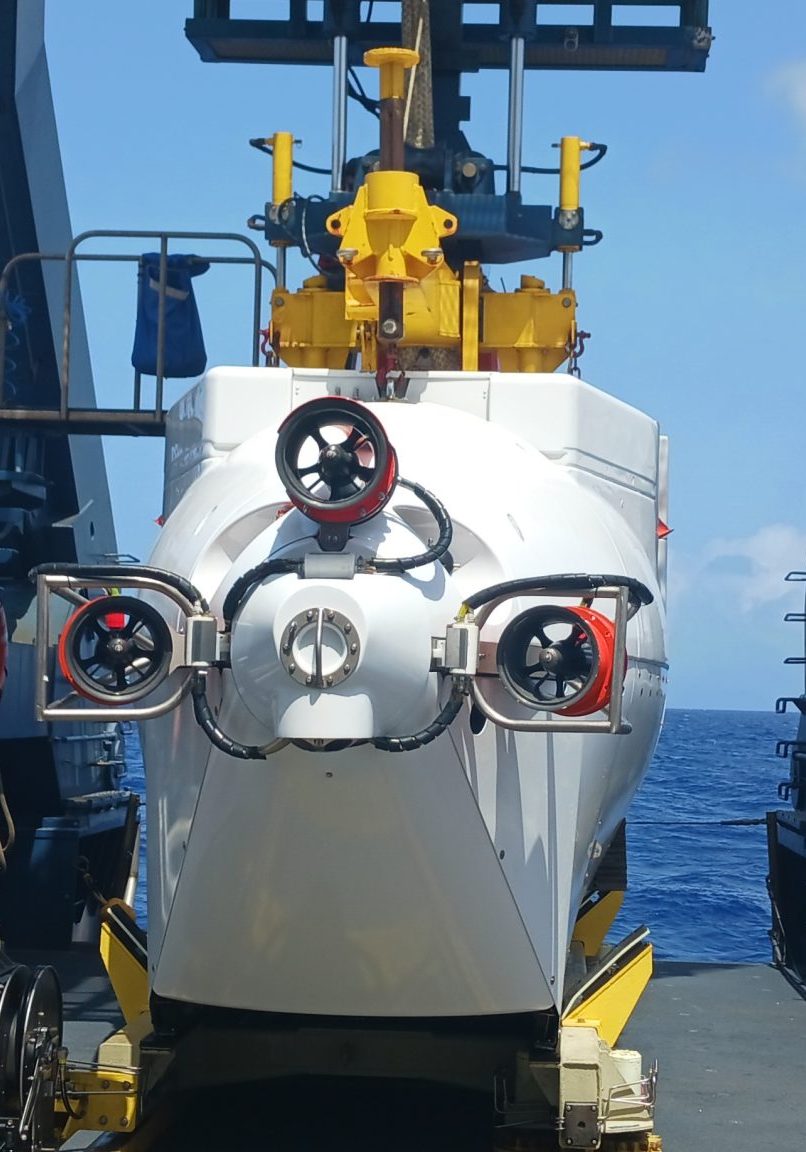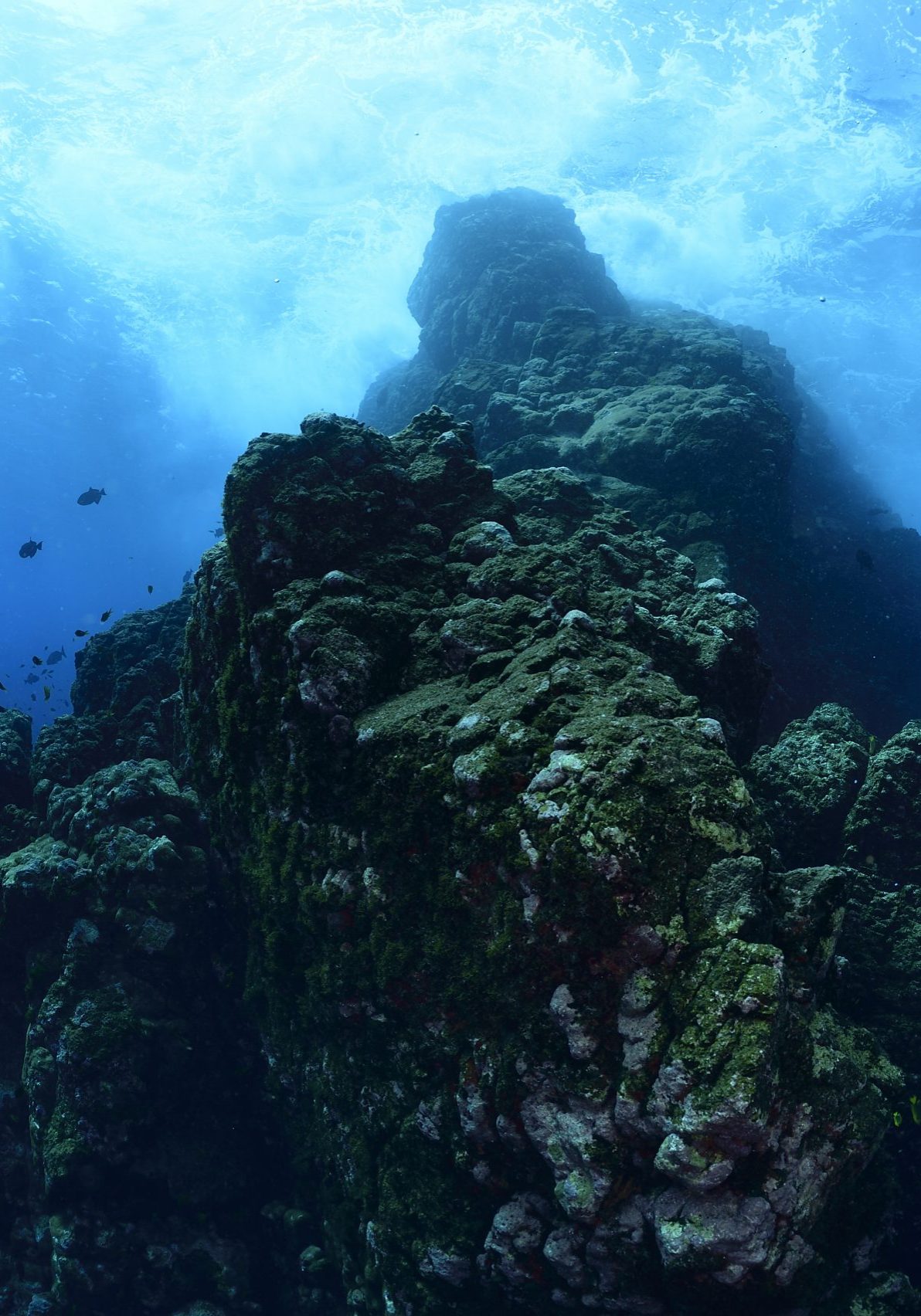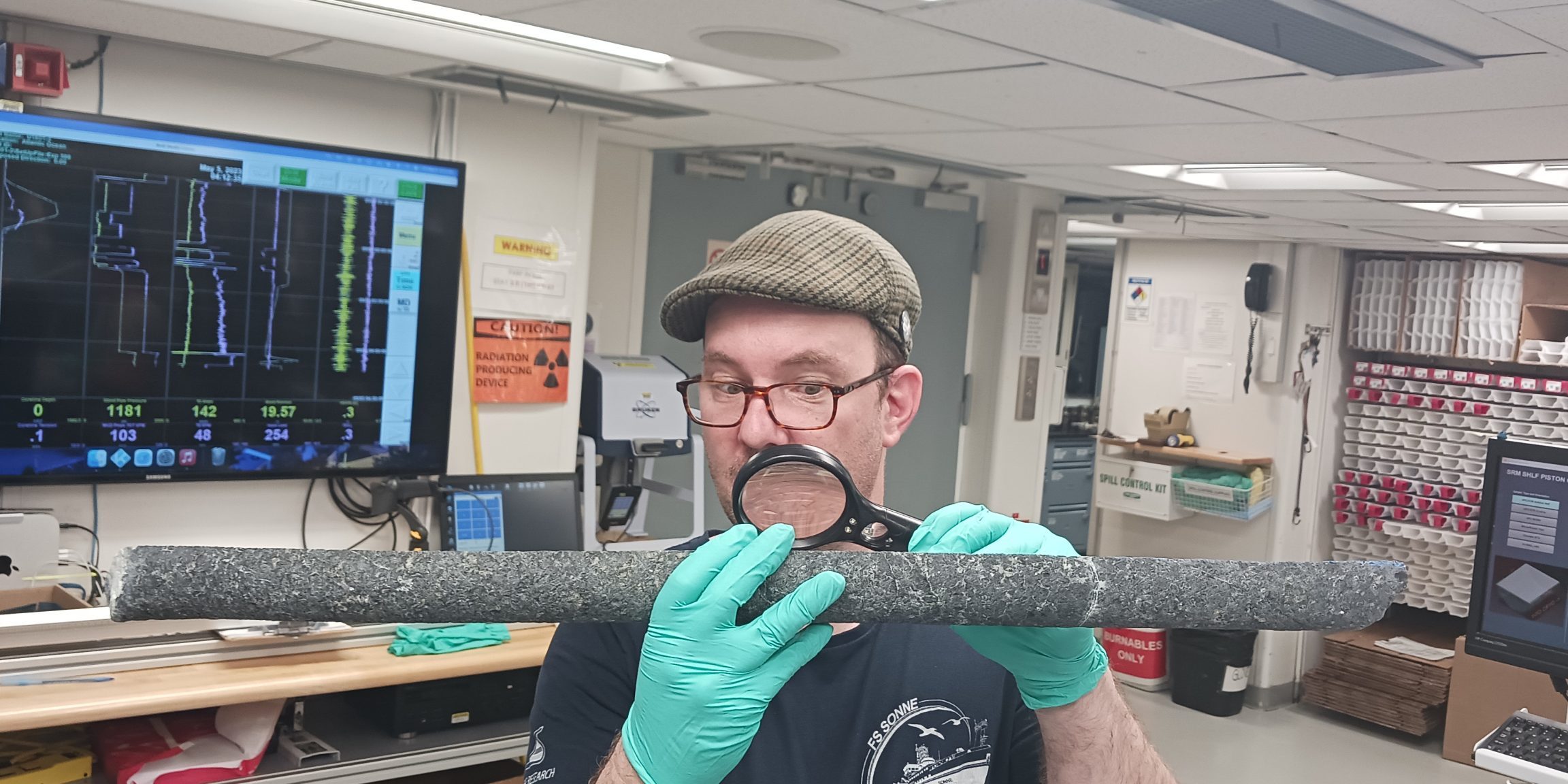

Three questions that are often asked by someone applying to graduate school are:
- What kind of research can I do?
- In whose lab will I work?
- Is there funding for me in this program?
In the MIT-WHOI Joint Program, many faculty members at both MIT and WHOI may be seeking graduate students at a given time. One important consideration for an applicant is whether a faculty member has a project in the works that includes funding for a graduate student, because perusing the backlog of a scientist’s papers may not give the right picture of that person’s ongoing projects. Our Academic Programs Office created this page where faculty in the Joint Program can post about ongoing research projects with specific needs for new graduate students. Because the vast majority of these are “funded positions”, the faculty member has funding in-hand to support you (meaning pay your tuition and stipend, the latter being essentially a salary) if you end up working in the lab.
In Research Radar, we interview one of the Joint Program faculty currently seeking a student about graduate school, their work, and what type of graduate student would be a good fit for their lab. If you’re reading this and feel like you would be a good fit for an advisor/lab in this program, reach out to that person!

In the Caribbean, far below the sunlit waters and tropical fish, lies a window through time. Hidden in the depths of the Puerto Rico Trench, tectonic forces are literally ripping apart the seafloor, exposing rock that is unlike any other. The unique history and unusual accessibility of these sediments makes them a prime target for new scientific exploration. Researchers like Frieder Klein are hoping to use this rocky window to get a rare look into how our earth’s crust has developed and transformed over the past 20 million years.

The Puerto Rico Trench is part of a dynamic area, known as the Antilles subduction zone. The oceanic crust of the North American Plate is actively subducting under the Caribbean Plate, resulting in volcanic activity that created many of the islands making up the Caribbean. This North American oceanic crust is formed in the center of the Atlantic Ocean as part of the mid-Atlantic Ridge. In a process known as seafloor spreading, the oceanic crust moves (at a speedy rate of 25 km per million years) from its point of creation outwards. Eventually, the crust ends up close to the Caribbean Plate, where it begins to descend back into the hot mantle. However, during this dual motion of subduction and spreading, the crust gets pulled in two different directions, causing it to tear and reveal interior crustal rock that is rarely exposed.
Frieder Klein, a geochemist at WHOI, is hoping to utilize this exposed rock to answer important questions about long-term oceanic processes. Together with an international team and underwater vehicles like Sentry and Alvin, he hopes to see how oceanic crust is formed at the mid-Atlantic Ridge and how it gets altered by hydrothermal fluids and cooler seawater over millions of years. The chemicals involved in these crustal alterations, including magnesium and calcium ions, have important implications for understanding long-term chemical cycling in the ocean. Other species, such as alkalinity and carbon dioxide, will provide insights into the ocean’s capacity to deal with our current climate crisis.
In December 2022, Frieder accompanied a team on an exploratory mission to the Puerto Rico Trench, where he and his team set the new record for deepest scientific manned dive in Alvin, at a whopping 6300 m. From the data collected during this visit, he and his colleagues are writing a proposal that will hopefully allow him to take on new graduate students, as he is actively looking to grow his lab. The research will be focused on the geochemistry of the crustal materials, but new graduate students will also work collaboratively with students and faculty from the University of Puerto Rico and Bennington College (VT) to fully capture the physics and geology of the system.

Frieder is not just an amazing geochemist, but is also an immigrant, a father, a musician, a mountain bike enthusiast, and a somewhat terrible trivia player. After growing up in rural Germany, Frieder became the first person in his family to go to university. He got his PhD in Bremen, then went to Grenada (Spain), Boulder (Colorado, USA), and WHOI for his post-docs. He met his wonderful wife, Liz, at an AGU Chapman conference organized by WHOI’s own Pablo Canales. They have a six year old son named Rudi who “already knows way more about dinosaurs than I do, even though I took paleontology [in university],” Frieder says. As if that wasn’t enough, they have chickens who live in a coop built by a friend who is currently on the International Space Station (Loral O’Hara). Finally, Frieder has a strong passion for music and loves “listening to everything from 60s garage and rocksteady, 70s proto punk, 80s hardcore, and golden age (90s) hip hop to modern obscure stuff like the Chats, Sacred Hearts, or Ugly Duckling.” This love of music probably explains why he is a lefty bass player in a rock/reggae band called ‘Fake Lights.”
Frieder previously advised PhD students in his earlier positions and since coming to WHOI has advised two students in the MIT-WHOI Joint Program. He encourages MIT-WHOI Joint Program applicants who are interested in this project to reach out to him at fklein@whoi.edu.
Read more of Through the Porthole Issue #10
Learn more about Through the Porthole
Learn more about the MIT-WHOI Joint Program